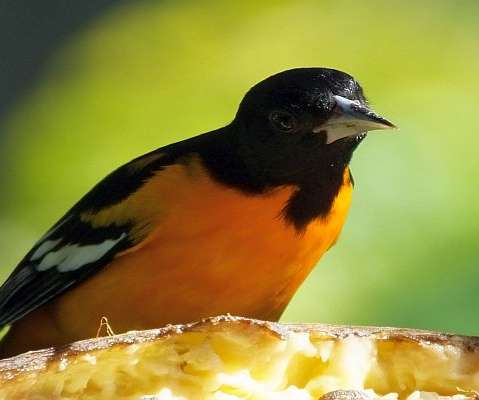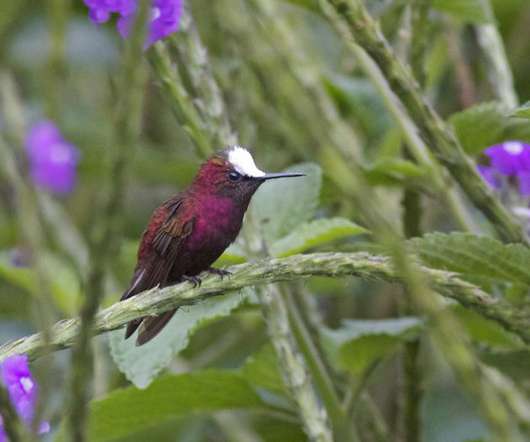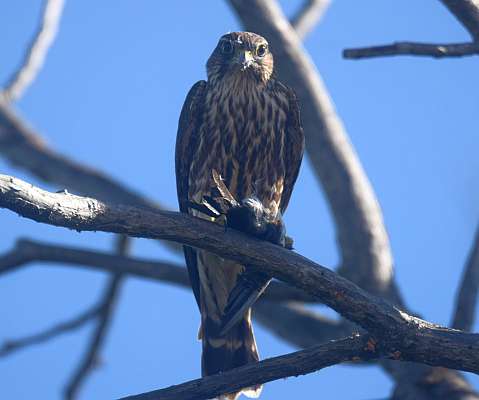Signs of Spring Migration in Costa Rica
10,000 Birds
MARCH 27, 2021
That unwanted yet predictable final bit of killing cold weather was and is why most of the colorful insectivores, the true birds of summer, remained far to the south until May. Baltimore Oriole- one of the more common wintering birds in Costa Rica.






















Let's personalize your content